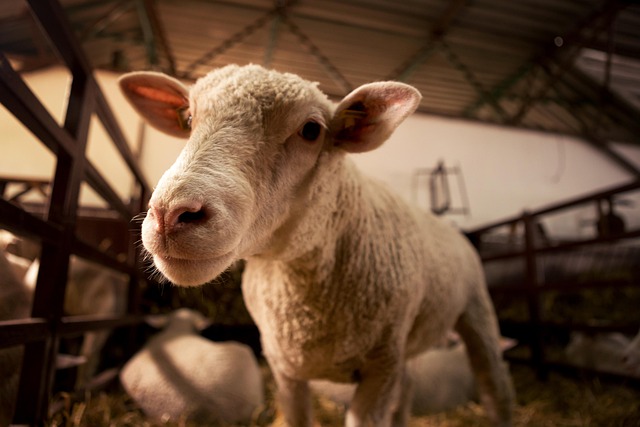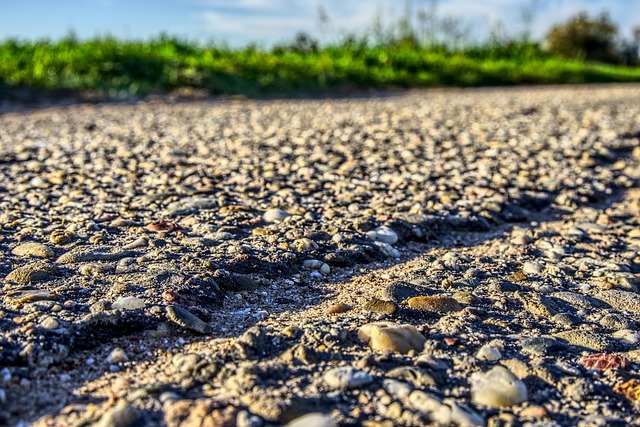The Difficulties of animal husbandry have been magnified in recent years, as climate change transforms our environmental landscape. Farmers are no longer just battling traditional issues like disease and market volatility; they are now also facing unprecedented challenges stemming from extreme weather. This evolution in our climate manifests itself through unpredictable rainfall patterns, severe droughts, heatwaves, and intense storms, each taking a toll on the delicate balance required for successful animal farming.
One of the most immediate impacts of extreme weather is on the availability and quality of feed and water resources. When dry spells occur, pasture lands wither, and the cost of feed skyrockets. As animals struggle to find adequate nutrition, farmers must grapple with the heart-wrenching decision to sell livestock or even face the potential loss of their entire herds. This difficult choice leads to emotional and financial strain, as farmers often see their life’s work and legacy in jeopardy.
Moreover, the health and well-being of animals become compromised during these harsh conditions. Heat stress, for example, is a significant issue as temperatures soar to unprecedented levels. Livestock, particularly large animals, have a limited ability to cope with high heat and humidity, leading to decreased productivity, lower birth rates, and heightened susceptibility to disease. As farmers, the responsibility to ensure the welfare of their animals weighs heavily, adding to the emotional burdens they bear.
Climate change does not only affect animal agriculture; it also leads to a ripple effect on ecosystems and biodiversity. As habitats shift or disappear, the interdependence of various species is disrupted, which can create a precarious situation for those engaged in animal husbandry. Farmers must stay informed and adaptable, considering the broader environmental changes that impact their practices.
In an effort to tackle the difficulties of animal husbandry in the face of climate change, many farmers are exploring innovative strategies. Implementing rotational grazing practices can improve soil health and increase resilience against droughts. Investing in water conservation technology helps mitigate water shortages, ensuring that livestock have the resources they need to thrive.
Furthermore, collaboration and community-building play crucial roles in addressing these challenges. Farmers are beginning to unite in cooperative efforts aimed at sharing knowledge and resources, thereby enhancing their ability to withstand climate-induced adversities. Supporting local agricultural organizations and engaging with policymakers can also amplify their voices in advocating for more sustainable and supportive policies.
The path ahead is undoubtedly fraught with challenges, but by acknowledging the Difficulties of animal husbandry wrought by climate change, farmers can better prepare for the future. By integrating sustainable practices, sharing experiences, and remaining adaptable, the farming community can hope to navigate this evolving landscape while ensuring the welfare of their animals and the health of the environment.




